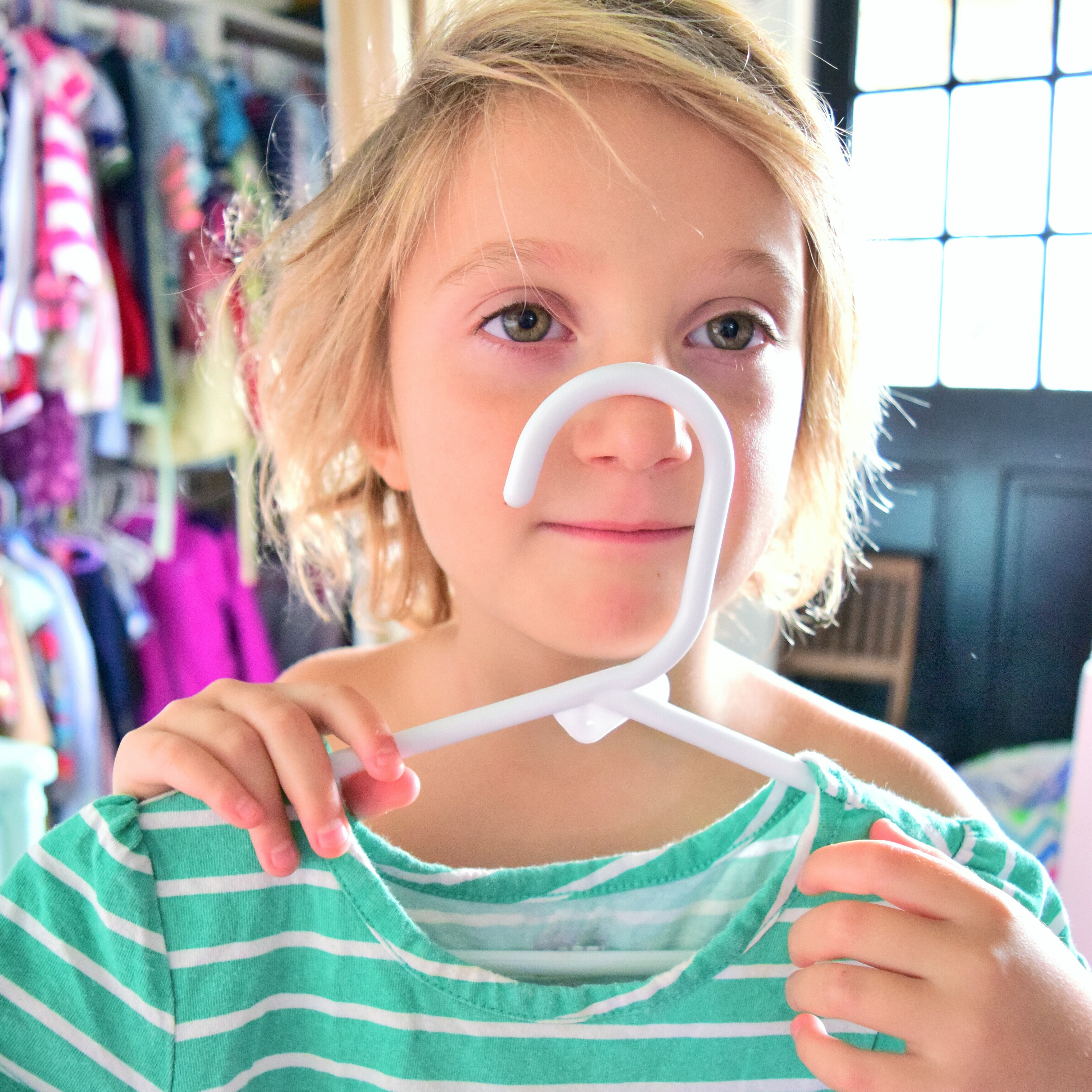4 Easy Steps to Becoming More Autonomous
My 3-year-old daughter loves to dress herself. When she was younger, she relied on me to pick out her clothes every morning–complete with a giant bow to put in her hair. However, these days if I pick out an outfit that she does not want to wear, she throws a fit: whining, crying, even throwing the clothes on the floor. While I have to teach her that this isn’t an appropriate way to react, I also have to remind myself that this is completely developmentally normal and encourage her to develop her own style!
My son also developed a lot of opinions, when he was her age, but his were about food. When he was little, he loved bananas; however, one day he decided he didn’t like them anymore and has refused to eat them since. One day he liked blueberries; the next he suddenly didn’t. We have a rule in our house–“you have to try one bite because you might decide you like it”–but as an overall rule my son has developed his own taste preferences.
Autonomy v. Shame and Doubt
In our last blog, we examined the first of Erik Erickson’s stages of psychosocial development (“trust versus mistrust”); we learned that the basis of trust is established from the moment we arrive into the world. The second of Erikson’s stages is called “autonomy versus shame and doubt.” This stage lasts from approximately 18-months to two or three years of age. Children in this stage are focused on developing a greater sense of sense control, and question, “Can I do things myself or am I reliant on the help of others?” Major milestones in this stage include picking out clothes and dressing oneself, toilet training, choosing toys with which to play, and developing food preferences.
During this stage, it is important for children to safely assert their opinions and independence; this helps to build their self-confidence, as well as set the foundation for learning self-control. Additionally, it helps children learn to be good decision-makers.
The Impact of Autonomy on Later Life
Research has shown that it is important for parents and caregivers not to be too overprotective during this stage, as that level of protectiveness will influence a child’s ability to achieve autonomy. A parent can also have a negative impact on their children if they are overcritical or inconsistent with the messages they send their child. A parent/caregiver must also be affirming of a child’s abilities, or s/he may feel shameful or doubtful of those abilities.
How can these early interactions impact a person later in their life? “Erikson believe[d] that children who experience too much doubt at this stage will lack confidence in their powers later in life” (Woolfolk, 1987). This can easily create “neediness” or codependency in adults.
The Impact of Autonomy on Spiritual Life
Having a strong sense of autonomy and self-confidence can even impact one’s spiritual life as an adult. Nancy Rockey (2017) writes:
One of the most important decisions one makes in life is whether or not to believe in the existence of God, and if we decide that God exists, we then determine what our relationship is to him/her and what it is that God wants of me. The amazing thing is that many individuals make the decision about their own spirituality based on the way they were raised. People tend to remain in the denomination in which they were raised, unless they have some internal resentment to that denomination or to their parents who raised them in it. It is a mature adult who studies and researches for themselves and decides based on their research results, rather than past resentments.
Ways to Become More Autonomous
If you did not develop a strong sense of autonomy as a child, there are things you can do now to help yourself grow in that area.
1. Recognize your worth. This can be the hardest step of all, but accepting yourself and that your opinions matter is vital to becoming more autonomous. You matter as an individual, and your preferences are valuable.
2. Be willing to make changes. Before you begin the process of becoming more autonomous, you also have to be willing to make some changes. This will likely involve doing some introspection and identifying specific areas that bind you and in which you need to create distance.
3. Practice autonomy. Just as you have to practice playing the piano before you become a concert pianist, you must practice autonomy before you are good at it. By consciously becoming more autonomous and independent in all areas of your life–in your work, how you spent your leisure time, in relationships–you will find yourself becoming better at and more comfortable with being autonomous.
4. Learn new skills. The more that you experiment and learn new skills, the more you can advance and develop in different areas. “The idea is that the more skills you have and the more trades you know, the more options you will have and the more autonomy you will gain” (Ideström, 2017).
It is amazing to think that the messages we received as toddlers about our value and ability to make decisions can impact us for the rest of our lives.
Now let me ask: Are you ready to become more autonomous?
References
Cherry, K., & Gans, S. (2019). Autonomy vs. shame and doubt in psychosocial stage 2. Verywell Mind. Retrieved from https://www.verywellmind.com/autonomy-versus-shame-and-doubt-2795733
Ideström, D. (2017). How to strengthen your autonomy. Medium. Retrieved from https://medium.com/studies-in-well-being/what-you-can-do-to-strengthen-your-autonomy-c05db71886d3
Rockey, N. (2017). Growing up–step #2 autonomy. Life Renewal. Retrieved from https://fixablelife.andrews.edu/2017/08/29/growing-up-step-2-autonomy/
Woolfolk, A. E. (1987). Educational Psychology (3rd ed.). New Jersey: Simon and Schuster.



